10 Dec
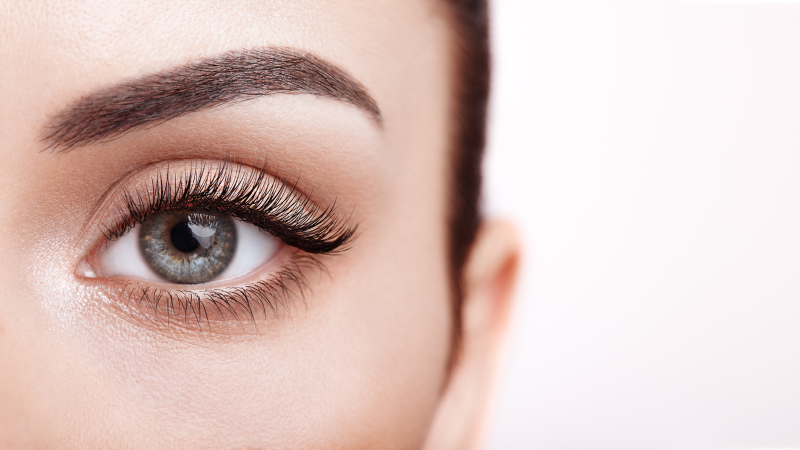

0 Comment(s)
57 View(s)
Herbal kajal (or kohl) is a traditional eye cosmetic that has been used for centuries in many cultures, particularly in South Asia and the Middle East. Unlike commercial kajals, which may contain synthetic chemicals, herbal kajal is made using natural ingredients that are believed to be gentler on the eyes and even provide certain health benefits.
Here's how you can make herbal kajal using a traditional method:
Traditional Method of Making Herbal Kajal:
Ingredients:
- Pure Ghee (Clarified Butter) – This is often used as a base for its soothing properties.
- Wicked Almond Oil or Sesame Oil – These oils are commonly used for their moisturising and nourishing effects.
- Pure Camphor – Known for its cooling properties and beneficial for the eyes.
- Castor Oil – To give consistency to the kajal and provide nourishment to the skin around the eyes.
- Herbs like Amla, Neem, or Saffron (optional) – For additional nourishment, cooling effects, and skin benefits.
- Soot or Ash – This is the traditional dark pigment used in kajal. The soot is often gathered from the smoke of a lamp or candle (usually made from cotton wicks).
Traditional Process:
-
Collecting the Soot:
- Place a small earthen pot (clay diya) or metal container in an open, safe area.
- Light a cotton wick dipped in ghee or sesame oil and allow it to burn until the flame produces a steady, controlled amount of soot.
- The soot will accumulate on the underside of the pot or vessel. This soot is the main ingredient that gives the kajal its color.
- Carefully collect the soot using a small, clean spoon or a piece of cotton cloth.
-
Preparing the Base:
- In a small, heat-proof bowl, combine ghee (clarified butter), castor oil, and almond or sesame oil in equal parts.
- Gently heat the oils together over a low flame, making sure they don't burn. Stir occasionally.
- Once the oils have blended, remove from heat and let them cool down a little.
-
Combining Soot with Oils:
- Slowly add the collected soot to the mixture of oils.
- Stir the soot thoroughly into the oils to form a smooth paste. You can use a stone or metal pestle for a smoother texture.
- At this point, you can also add a small piece of pure camphor (about a pea-sized amount) and let it dissolve completely into the mixture. This gives the kajal a cooling and soothing effect for the eyes.
- If you want to enhance the health benefits, you can mix in a little bit of amla powder (for its vitamin C content) or neem powder (for its antibacterial properties), although these are optional.
-
Storage:
- Transfer the mixture to a small container, such as a small glass jar or a metal box with a lid. The kajal will solidify as it cools, and you can use a small applicator or your fingertip to apply it to the eyes.
How to Use Herbal Kajal:
- Application: Apply the herbal kajal to the waterline of your eyes or as eyeliner, using a clean finger, brush, or a cotton swab.
- Precautions: While herbal kajal is generally safe, ensure the ingredients are fresh and the soot is properly collected to avoid any eye irritation.
Benefits of Herbal Kajal:
- Cooling and Soothing: Ingredients like camphor and ghee help to cool and soothe the eyes, especially in hot climates.
- Antibacterial and Anti-inflammatory: Neem, amla, and other herbs provide anti-inflammatory and antibacterial properties, which can help reduce irritation and eye infections.
- Promotes Eye Health: The oils and herbs nourish the skin around the eyes, reducing dark circles and dryness.
- Natural Pigment: The soot used in traditional kajal is a natural pigment, unlike the artificial dyes in commercial kajals.
Why Use Herbal Kajal?
- Chemical-free: Traditional herbal kajal is free from harmful chemicals, fragrances, and preservatives often found in commercial products.
- Gentle on the Eyes: It’s less likely to cause irritation, especially for sensitive eyes.
- Rich in Natural Oils: The oils used in herbal kajal can moisturise and nourish the delicate skin around your eyes.
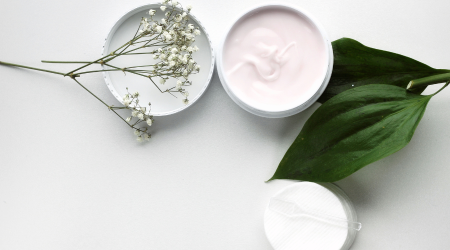





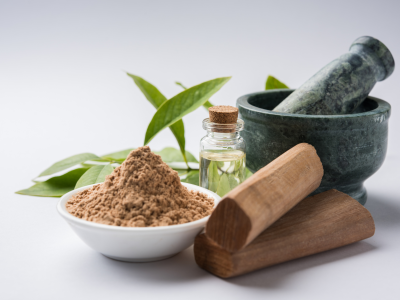
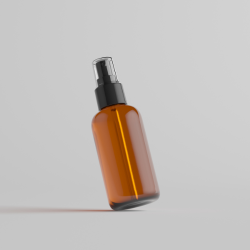

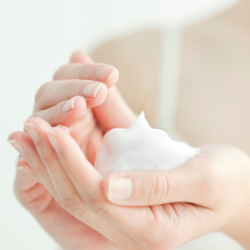

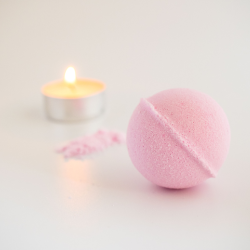





Leave a comment